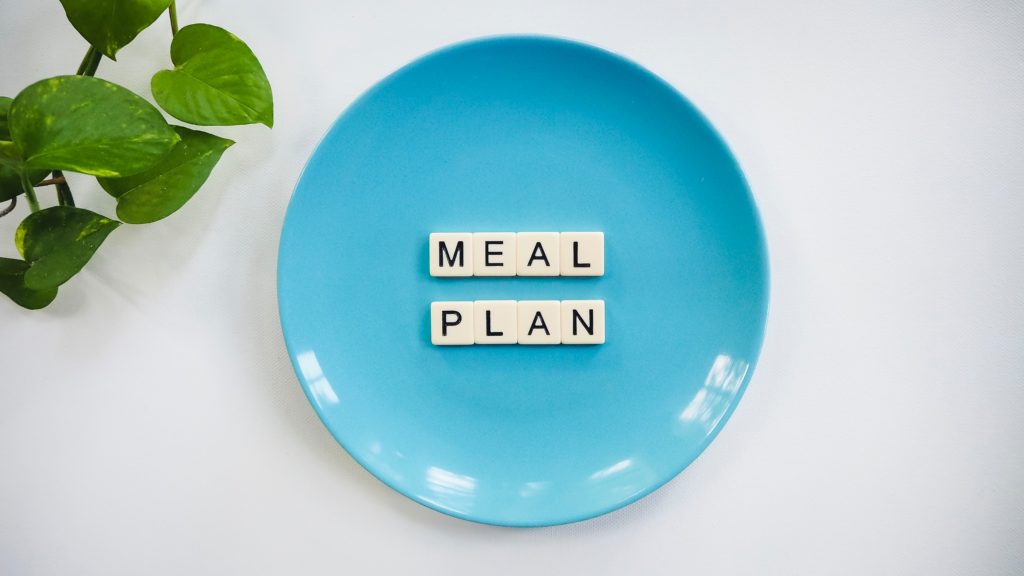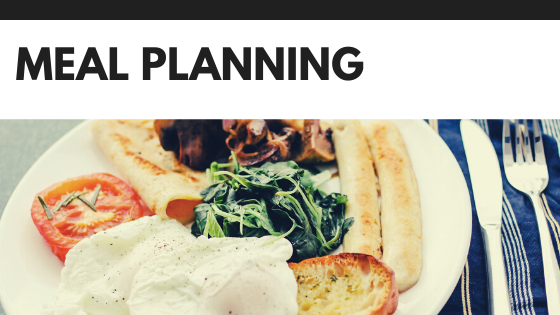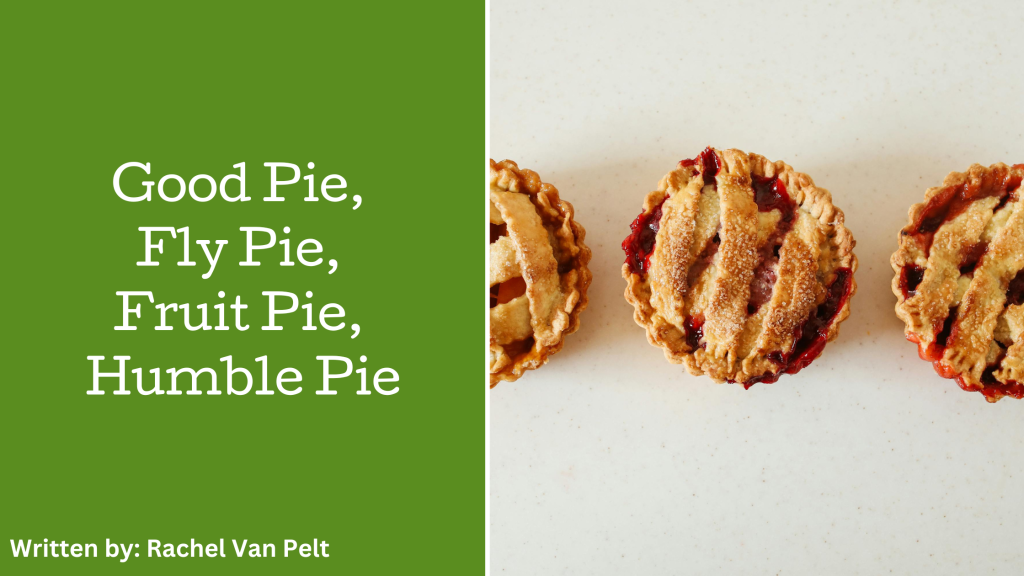Do you know how much you are spending on food? If you have a budget, are you struggling to keep within it in the food category?
I was never really a meal planner until after my concussion. I would buy what I thought we might like throughout the week. Then I’d get creative with what was in my cupboards and what my stomach was craving. I think I would call this “survival” stage.
This kind of meal planning can lead to more outings to fast-food shops and restaurants. You can’t think of what you want to make or it’s too late in the day now and you aren’t feeling like cooking. Now your food and restaurant budget have grown. Before you know it, you’re spending $1,000-$1,500 a month on food alone!

Are you ready for a change? Yes, I know. We’ve been in a series of changes lately and more change is overwhelming. I get it. Have you noticed though how much you’ve saved recently with a lot of restaurants being closed? That is unless you’ve been living on fast-food.
While things are slowly reopening, now is the time to form new habits. It is a bit of work upfront to figure out what meals you are going to have for the next week or two. But once you get the hang of it, it will make your life so much easier.
The nice thing is, you don’t have to plan gourmet meals. Some meals can be as simple as spaghetti or BBQ chicken and potatoes. Get an idea of the recipes you want and keep it simple to start. Then write down any ingredients you will need to purchase. By doing this, you’ll realize how much you already have in your cupboards too.
We keep a running tab on our fridge. When we run out of something we use often, we write it down right away. It saves forgetting or having to search the cupboards and guess what’s missing when you shop.
You can write your meal plan on a magnetic list for your fridge, on a sticky note to put on the fridge, or in a notebook. Then, when it comes to that day, pull it out and have at it.
I used to plan each day’s meals out. Some days I was too tired to make what I had planned though. Since I had a list of meals for the week, I would choose a simpler option I had listed. I’d make the more detailed one for a better health day.
Something else we’ve found helpful is to embrace leftovers. If I make spaghetti, I make enough for two-four dinners and then freeze the rest. Over time, we’ve built up enough freezer meals for a week. This can also help on costs and tired days.
When you have your meal plan set, search the kitchen for the ingredients you’ll need. If you don’t have it, write it down. Then, when you have the list, you can create your grocery list.
It may seem like you already have it. But, if you want to up your savings game, re-write the list in order of your grocery store’s layout. This will help you be more efficient with your time as well. First produce, deli, meat, dairy, shelves, pet, then pharmacy. You won’t get frustrated scanning your list in each area because everything you need to get is in the right order.

By making a meal plan and sticking to the grocery list, you won’t be purchasing a lot of unnecessary extras.
Bonus tip – Do not go to the grocery store hungry! This will guarantee more junk food and extra items will end up in your cart.
They say it takes 66 days on average to form a new habit. That’s roughly two months, which means approximately eight trips to the grocery store. Unless you’re a super meal planning champ and go every two weeks. Then would it only take you four?
Anyways, don’t stress about it. Make it fun. Plan meals that are quick and easy to make. Choose some of your favourites to get started. It’ll help to motivate you.
Who is doing this already? Are there any tips you can offer the newbies? Leave a comment below.




